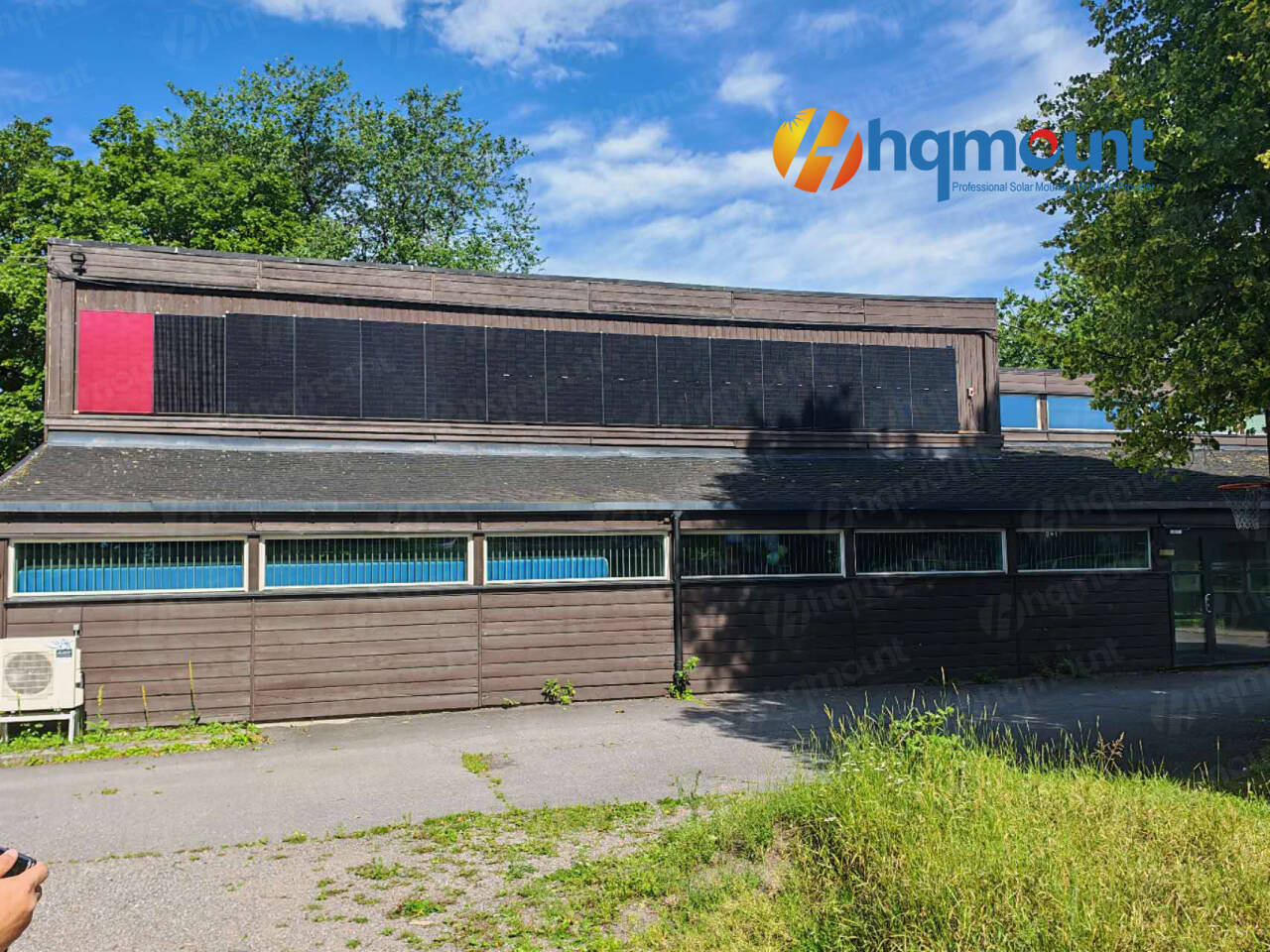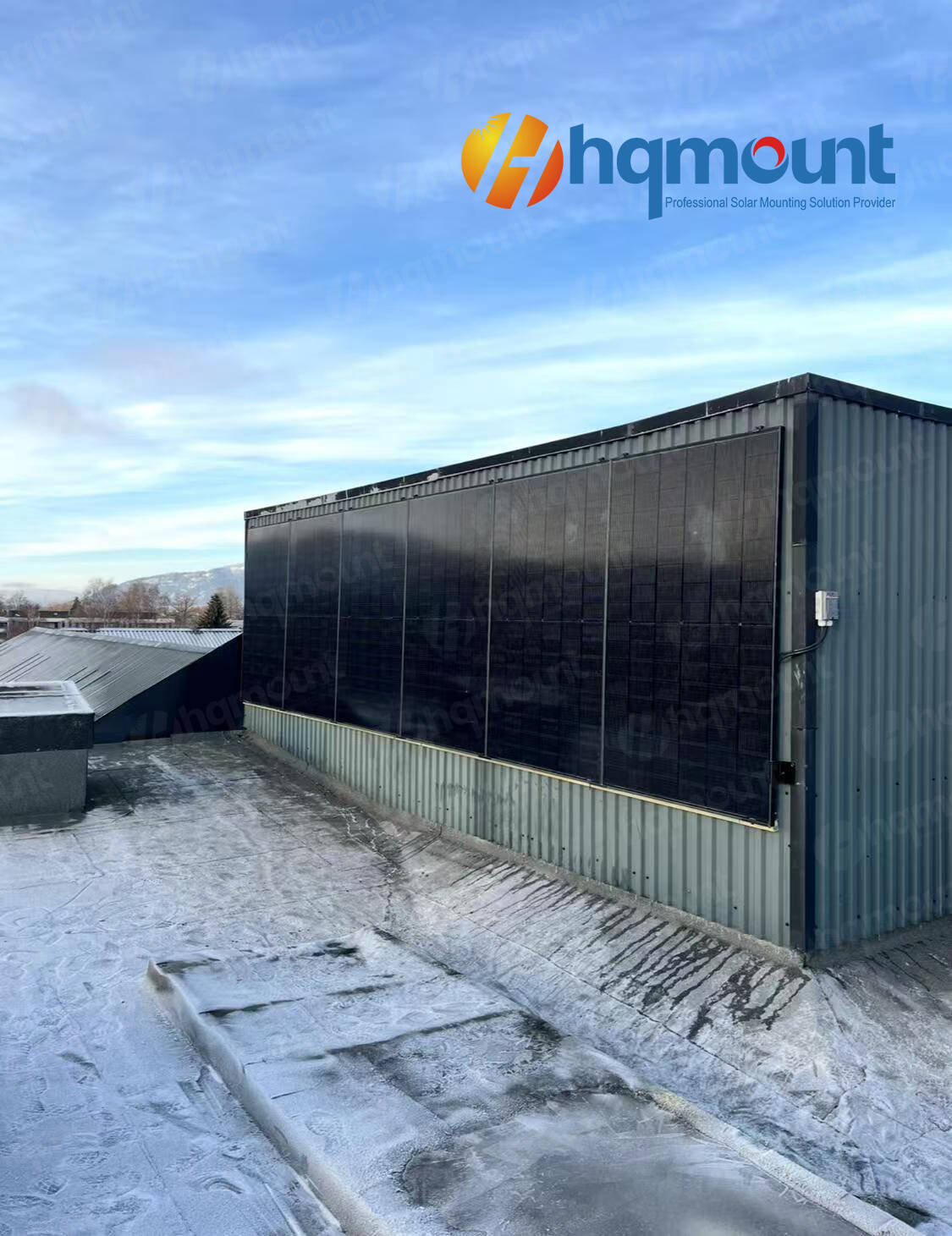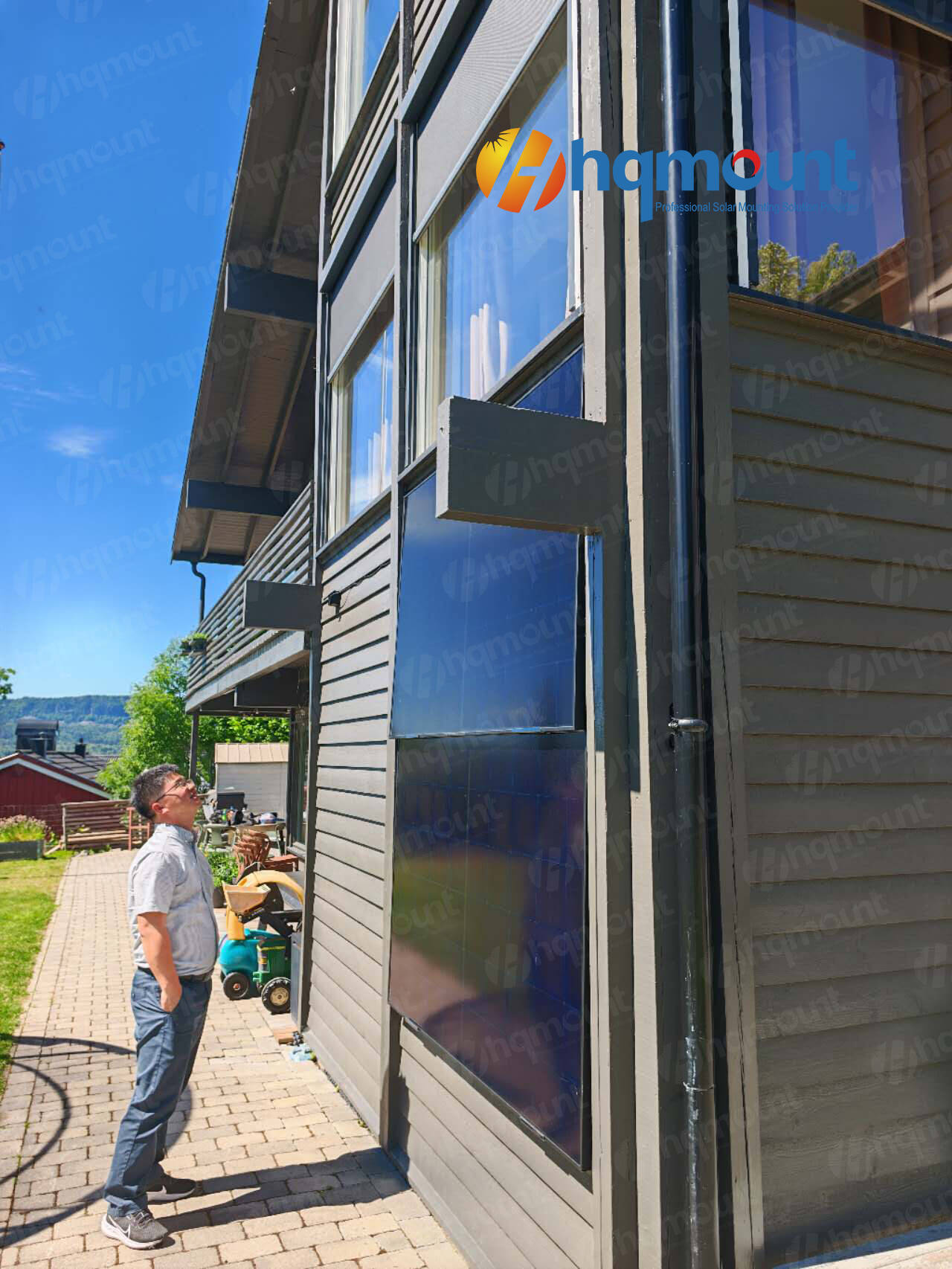In the solar industry, the spotlight is often on panel performance and installation techniques. However, the transportation of solar mounting structures is a critical step that directly affects project timelines, product quality, and even site safety. Improper handling or logistical oversights can lead to damaged components, installation delays, or unnecessary costs.
Whether you're shipping across provinces or exporting internationally, here’s what you need to know to ensure safe, efficient delivery of solar racking systems.

1. Packaging Protection Matters
Solar mounting structures are typically made of aluminum (like 6005-T5) or hot-dip galvanized steel — both of which require careful handling during shipping to avoid:
Surface scratches or oxidation
Bending or warping of rails and clamps
Missing bolts or hardware
Recommended packaging methods:
Shrink-wrapped or foam-wrapped metal components
Wooden pallets or steel frames for long items like rails or posts
Boxed small parts with clear labeling
Anti-corrosion packaging for sea freight
2. Load Optimization and Labeling
Efficient loading reduces shipping costs and risks. Group items based on installation zones (e.g., roof vs. ground mounting kits) and label all components clearly.
Pro Tips:
Stackable bundles for aluminum rails with corner protection
Separate heavy steel parts from lightweight accessories
Include a detailed packing list with quantities and weights

3. Customs & Export Documentation
For international shipping, clear customs documentation is vital. Delays at ports can damage components due to exposure or poor handling.
Documents to prepare:
Commercial invoice
Packing list
Certificate of origin
Material data sheets (for aluminum, steel)
HS codes and descriptions (e.g., “solar PV mounting bracket system”)
4. Route and Environment Considerations
Climate and road conditions affect delivery quality:
In humid regions, use moisture-resistant packaging to avoid corrosion.
For long-haul inland transport, secure loads against vibrations or shifting.
In coastal shipments, extra rust protection (like oil coating or vapor-phase inhibitor paper) is advised for ZAM or carbon steel solar structures.

5. Handling at the Job Site
Once delivered, storage and on-site handling also matter:
Store components on flat ground away from water or mud
Avoid stacking beyond recommended height
Keep small parts kits in weather-proof containers
Use forklifts with padded arms for long rails to avoid bending
Conclusion
The journey of a solar mounting structure doesn’t begin at installation — it begins in the factory, and safe, strategic transportation is key to project success. From packaging to paperwork and onsite handling, each step must be planned carefully.
At TopFence, we understand the challenges of global logistics. That’s why our solar mounting systems are professionally packaged and labeled to ensure they arrive intact, on time, and installation-ready.






















